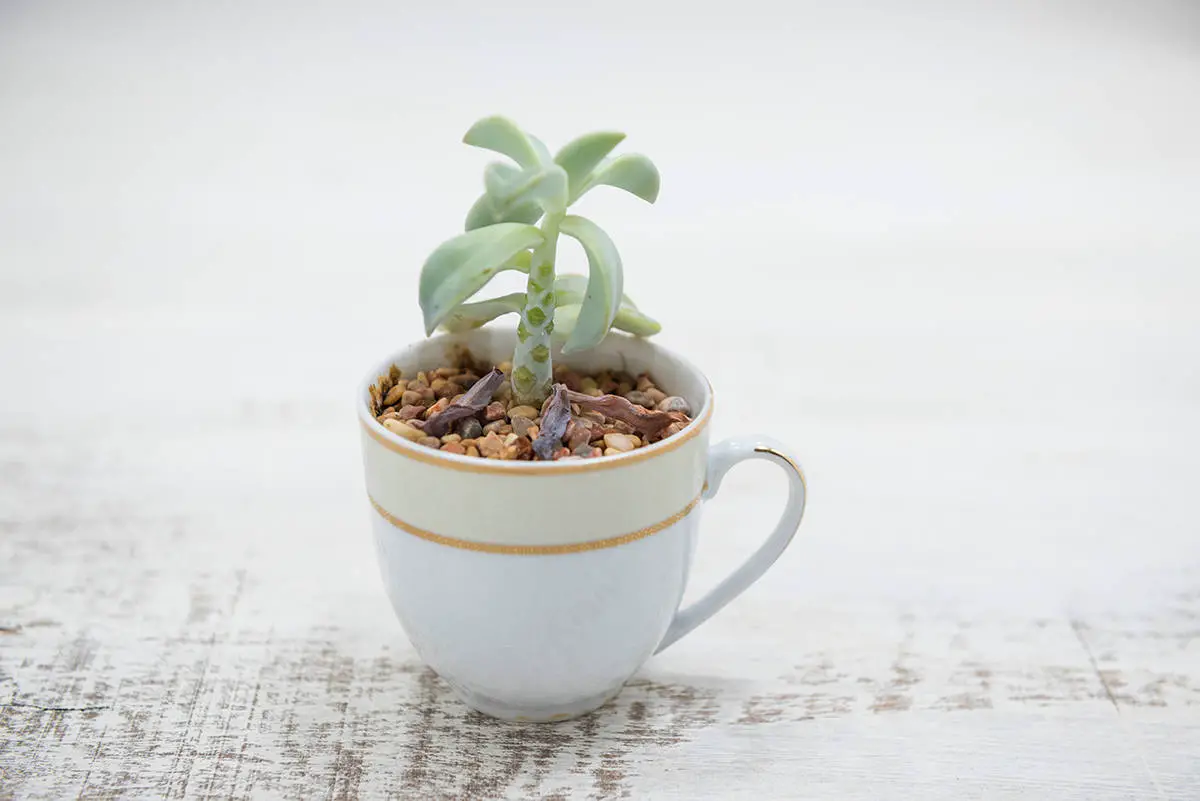Do you find your houseplants growing taller and thinner rather than full and vibrant? This leggy appearance can be disheartening, but it’s a fixable issue. I’m here to help you understand why this happens and to provide you with some quick solutions to encourage healthier growth for your houseplants.
Table of Contents
Why Do Houseplants Become Leggy?
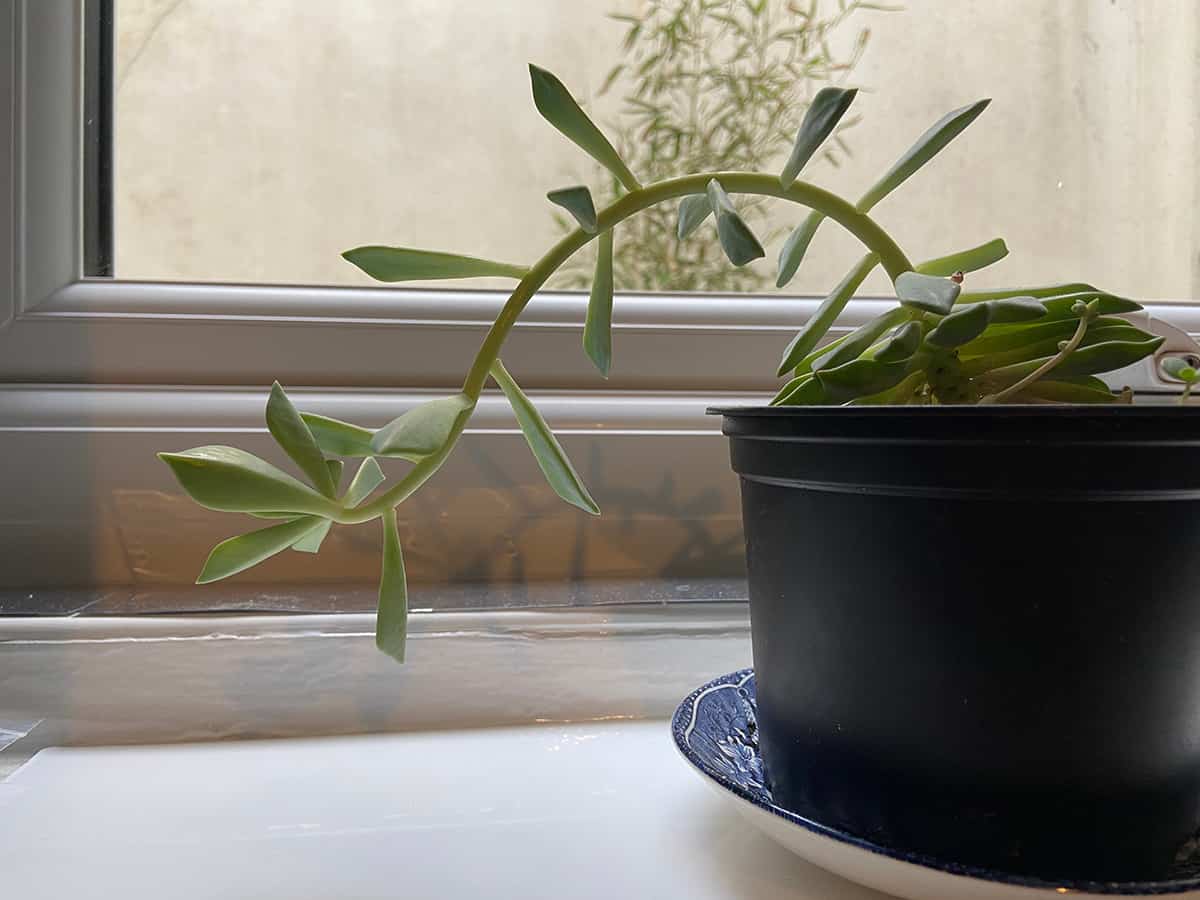
Legginess in houseplants means your plants have long, thin stems with sparse leaves. It often indicates a lack of sufficient light. When houseplants don’t receive enough light, they stretch toward the nearest light source. This growth results in weakened, elongated stems.
Your houseplants need proper light to stay full and compact. Each plant has unique light requirements, varying from direct sunlight to low light conditions. Recognize your plant’s needs to prevent legginess.
Early Signs of Legginess
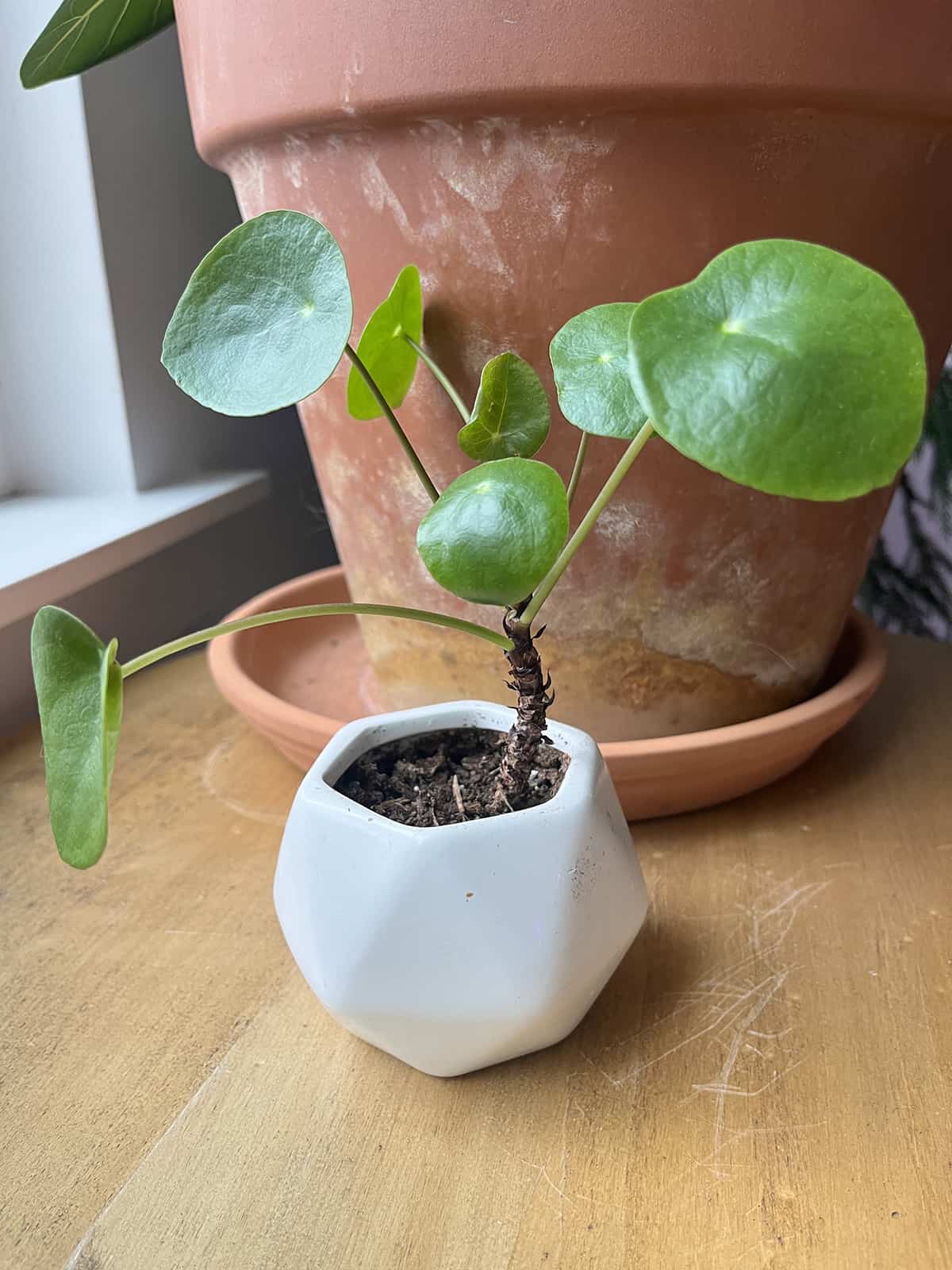
When your houseplants begin to stretch out, they’re experiencing legginess. The early signs are clear. You’ll first notice the stems getting thinner and elongating rapidly. The spaces between leaves, known as internodes, increase. Healthy plants have compact internodes. If yours are elongating, it’s an early indicator of this condition.
Leaves may also appear smaller than usual. When legginess sets in, the energy focuses on stem growth. This results in a sparse look. Your plant will have fewer leaves, and they might lack the rich color they once had.
Common Causes of Legginess
Leggy houseplants often suffer from insufficient light. When your plants don’t get enough light, they stretch toward the nearest light source, resulting in long and weak stems. This issue is particularly common in indoor environments where natural light is limited.
Another factor contributing to legginess is improper watering. Overwatering can lead to weak and stretched-out plants, as roots are not encouraged to grow and support healthy, compact growth. Conversely, underwatering can stress your plants, causing them to reach for any available light, which can also lead to legginess.
Temperature and air circulation play roles in plant health as well. If your houseplants are too warm or lack adequate airflow, they may grow too quickly and become leggy. Proper environmental conditions are crucial for maintaining robust and sturdy plants.
Finally, overcrowding can cause legginess. When houseplants are too close together, they compete for light, which often results in elongated growth as they attempt to outgrow their neighbors. Giving your plants enough space is essential for their overall health and form.
How to Prevent Legginess
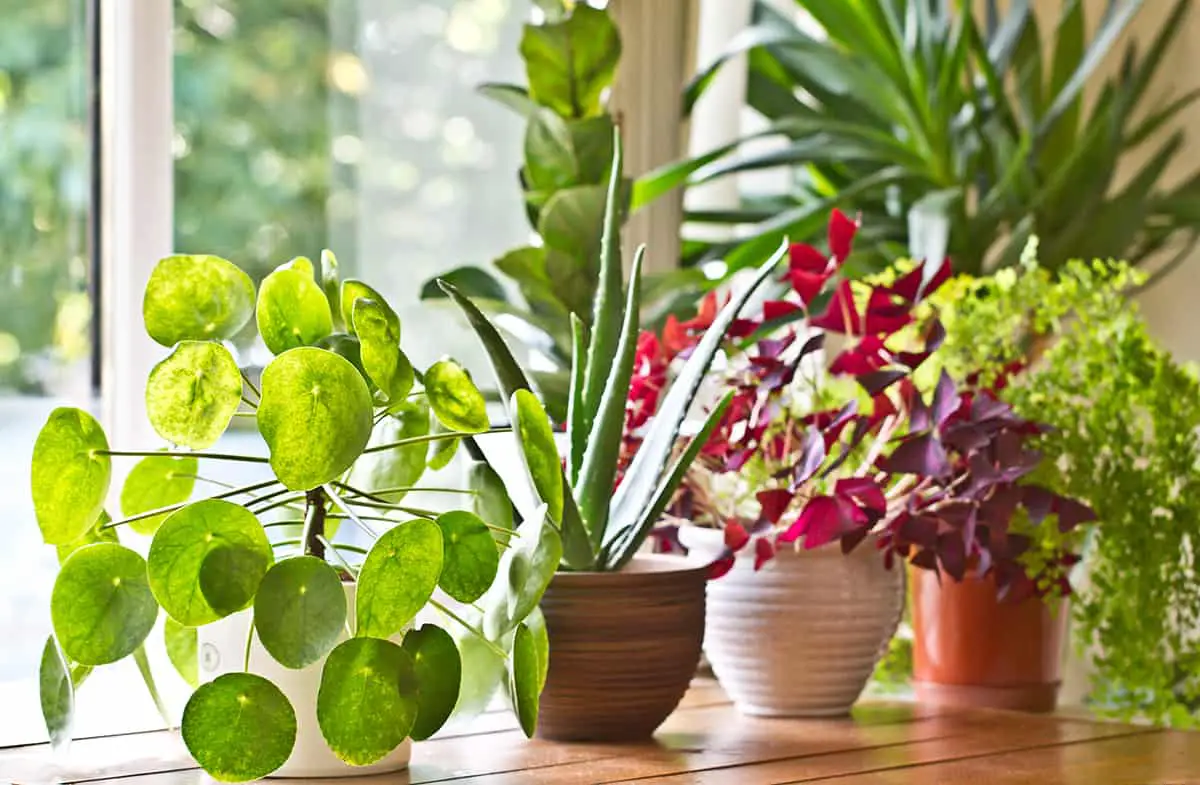
To keep your houseplants compact and bushy, focus on lighting, pruning, and fertilization. These key strategies prevent the leggy growth that often plagues indoor greenery.
Proper Lighting
Your plants need the right amount of light. Place them where they can receive adequate, consistent sunlight. Too little light causes them to stretch toward the source, becoming leggy. Rotate your plants regularly to ensure all sides get equal exposure and maintain a robust form.
Regular Pruning
Prune your plants to encourage bushier growth. Snip off the tips of growing stems, which stimulates the growth of new branches. Make clean cuts above leaf nodes. This action keeps plants dense and prevents the long, spindly stems of legginess.
Adequate Fertilization
Fertilize your plants correctly to avoid leggy growth. Use a balanced, water-soluble fertilizer. Apply it during the growing season as the label directs. Over-fertilization can cause rapid, weak growth. Feeding your plants appropriately promotes strong, healthy development.
How to Fix Leggy Houseplants
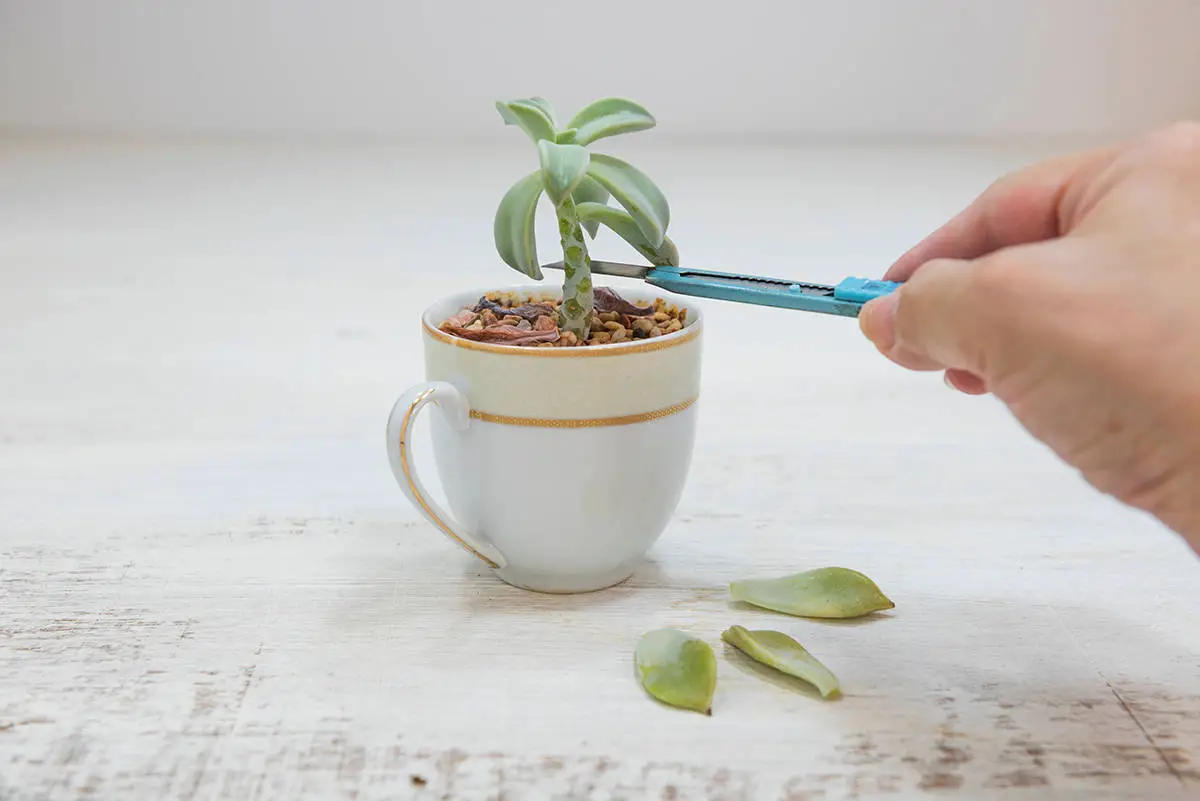
Here are tailored steps to help your plants regain their lush, compact form.
Pruning and Shaping
Pruning is essential for a leggy plant. You should cut just above the leaf node to encourage bushier growth. This action signals your plant to grow more leaves from the sides, making it fuller. Be sure to use clean, sharp scissors or pruning shears to avoid damage.
Adjusting Light Exposure
Move them to a brighter spot where they can receive more natural light but avoid direct sunlight, which can scorch the leaves. If natural light is lacking, artificial grow lights should be considered to provide the needed spectrum of light.
Implementing Growth Support
Some houseplants benefit from physical support to stay upright. Use stakes or trellises for this purpose, gently tying the plant’s stem to the support. This method won’t instantly fix the legginess but helps the plant maintain its shape as you address the light and pruning issues.
